I need to connect a cars fuel sender(ohms) to a analog input on a GPS tracker (volts)
Here's the catch, in our tests most fuel senders we worked with seem to send the data as ohms/resistance
However, the GPS trackers analog inputs require volts (Generally gps trackers take 0.5 to 5.5 volts as their analog input)
In rare cases, we found some fuel senders use volts, but most use resistance. Therefore I need to find a gadget (ideally one that already exists I could buy off the shelf) that will take the input from the fuel sender, and convert it to volts, so I can connect it to the gps tracker.
I've looked into arduino stuff, but it's a bit overkill for what i need, so was hoping a micro controller already exists for such a task (if micro controller is the correct phase) - Ardunio coding is not an issue for me, and have done some C coding for a car tuning company previously, so am familiar with the basics, but the price/setup time is quite high for this application.
The only curve ball here is that each fuel sender might send wildly different min and max ohms values from the fuel sender due to each car manufacturers fuel sender being made for their own gauges Once data is in the software we can manipulate the readings easily to show the fuel level of the vehicle (notably the massive variation in data on a bumpy road)
So my questions are
- Are there other things I may have not considered with the above project?
- Is there an off the shelf micro controller that might do this, if so what is its name (for help searching online). Also, are there any website online that might sell such a device
- if the above does not exist, can anyone suggest what I would need to do to create my own one.
